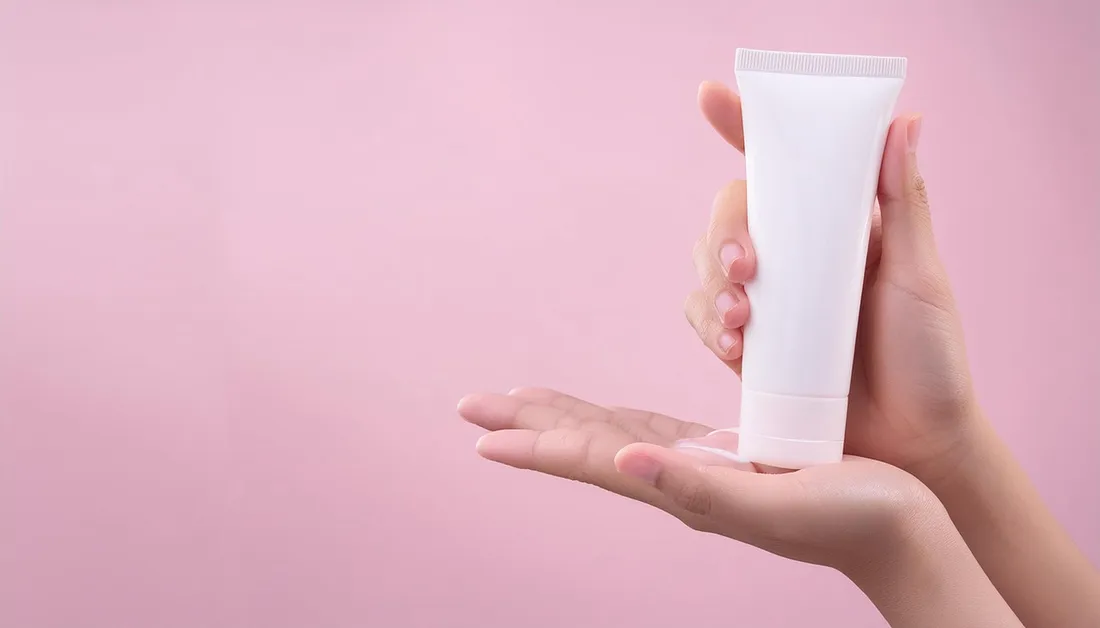
The 3 Essential Microbiological Tests for Cosmetic Products
Cosmetic Product Testing
Launching a safe and effective cosmetic product requires more than just great formulation — it demands rigorous microbiological testing to ensure safety, compliance, and durability. Without proper testing, products risk microbial contamination that can harm consumers and lead to costly recalls or regulatory penalties.
At the core of cosmetic product microbiological testing are three essential areas every manufacturer must address:
1. Microbiological Presence Testing
This testing checks for the presence of microorganisms that may contaminate cosmetic products. It includes:
- Yeast & Mold Detection (ISO 16212:2017)
- Total Aerobic Microorganism Count (ISO 21149:2017)
- Pathogen Detection, including:
- Candida albicans (ISO 18416:2015)
- Staphylococcus aureus (ISO 22718:2015)
- Pseudomonas aeruginosa (ISO 22717:2015)
- Escherichia coli (ISO 21150:2015)
- Specific Microorganism Detection (ISO 18415:2017)
These tests ensure your product does not contain harmful or spoilage microbes that could affect product safety or shelf life.
2. Challenge Testing (Preservative Efficacy Testing)
Challenge testing evaluates the effectiveness of your product’s preservative system. Following ISO 11930 standards, this test simulates microbial contamination by deliberately introducing microorganisms and monitoring if the preservatives can prevent their growth over time.
A successful challenge test confirms that your cosmetic product can remain safe for consumers throughout its intended use period.
3. Stability Testing
Stability testing assesses how your cosmetic product performs under different environmental conditions, such as temperature, humidity, and light exposure, over time.
This testing ensures your product maintains its safety, effectiveness, and appearance during storage and use, supporting claims about product longevity.
Why Is Microbiological Testing Important for Cosmetics?
Cosmetic products come into direct contact with consumers’ skin, eyes, and hair — making microbiological safety paramount. Testing:
- Prevents harmful microbial contamination
- Ensures compliance with regulations
- Protects your brand reputation by guaranteeing product quality
- Helps avoid costly recalls or consumer complaints
How Long Does Testing Take?
- Pathogen Detection: Approximately 5 days
- Challenge Testing: Around 3 weeks
- Stability Testing: Typically 2 to 3 months (depending on product type and conditions)
Ready to Bring Your Cosmetic Product to Market Safely?
Proper microbiological testing is essential for confidence and compliance. Whether you’re launching a new formula or reformulating an existing product, ensuring microbiological safety is critical.
Schedule a Meeting today to discuss how we can support your testing needs and help you deliver safe, compliant cosmetics.